|
Module One: Pre-History and the Pre-Columbian Era (4,600 Million BCE-1587 CE)
Before we get started, we need to mention rule #1 for understanding history: Historians are detectives. Much like Batman or Sherlock Holmes, historian look at the crime scene (in this case, the historical event) look for clues (in this case, books or archaeological sites), interview witnesses (in this case, secondary or primary sources) and interpret the findings to determine what happened. Much like an actual crime scene, the investigator must rely on what they have in front of them. Missing pieces always happen, but it's the goal of the historian to fill in the blank spaces with what his or her 'gut" tells them. Or they go to their utility belt of previous knowledge to help determine the most likely outcomes. This becomes rather difficult the further we get from the time frame of the crime, or what is referred to as a "cold case." Scents get thrown off; memory gets muddled. The picture becomes murkier as time slips from our grasp. Why do I mention this? Remember that as we dive into the world of "pre-history" we don't have all the answers, and never will. But don't worry- I'm Batman.
HIGHLIGHTS
LECTURES
READING
My classes utilize both Howard Zinn's Patriot's History of the United States and Larry Schweikart's Patriot's History of the United States, mostly in excerpts posted to the modules. You can access the full text of People's History or Patriot's History by clicking on the links. 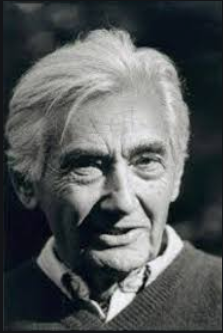
Zinn Chapter 1: Columbus, The Indians, and Human Progress Arawak men and women, naked, tawny, and full of wonder, emerged from their villages onto the island's beaches and swam out to get a closer look at the strange big boat. When Columbus and his sailors came ashore, carrying swords, speaking oddly, the Arawaks ran to greet them, brought them food, water, gifts. He later wrote of this in his log: They ... brought us parrots and balls of cotton and spears and many other things, which they exchanged for the glass beads and hawks' bells. They willingly traded everything they owned.... They were well-built, with good bodies and handsome features.... They do not bear arms, and do not know them, for I showed them a sword, they took it by the edge and cut themselves out of ignorance. They have no iron. Their spears are made of cane.... They would make fine servants.... With fifty men we could subjugate them all and make them do whatever we want. These Arawaks of the Bahama Islands were much like Indians on the mainland, who were remarkable (European observers were to say again and again) for their hospitality, their belief in sharing. These traits did not stand out in the Europe of the Renaissance, dominated as it was by the religion of popes, the government of kings, the frenzy for money that marked Western civilization and its first messenger to the Americas, Christopher Columbus… … The Indians, Columbus reported, "are so naive and so free with their possessions that no one who has not witnessed them would believe it. When you ask for something they have, they never say no. To the contrary, they offer to share with anyone...." He concluded his report by asking for a little help from their Majesties, and in return he would bring them from his next voyage "as much gold as they need ... and as many slaves as they ask." He was full of religious talk: "Thus the eternal God, our Lord, gives victory to those who follow His way over apparent impossibilities…" … Now, from his base on Haiti, Columbus sent expedition after expedition into the interior. They found no gold fields but had to fill up the ships returning to Spain with some kind of dividend. In the year 1495, they went on a great slave raid, rounded up fifteen hundred Arawak men, women, and children, put them in pens guarded by Spaniards and dogs, then picked the five hundred best specimens to load onto ships. Of those five hundred, two hundred died en route. The rest arrived alive in Spain and were put up for sale by the archdeacon of the town, who reported that, although the slaves were "naked as the day they were born," they showed "no more embarrassment than animals." Columbus later wrote: "Let us in the name of the Holy Trinity go on sending all the slaves that can be sold…" …Thus began the history, five hundred years ago, of the European invasion of the Indian settlements in the Americas. That beginning, when you read Las Casas-even if his figures are exaggerations (were there 3 million Indians to begin with, as he says, or less than a million, as some historians have calculated, or 8 million as others now believe?)-is conquest, slavery, death. When we read the history books given to children in the United States, it all starts with heroic adventure-there is no bloodshed-and Columbus Day is a celebration. Past the elementary and high schools, there are only occasional hints of something else. Samuel Eliot Morison, the Harvard historian, was the most distinguished writer on Columbus, the author of a multivolume biography, and was himself a sailor who retraced Columbus's route across the Atlantic. In his popular book Christopher Columbus, Mariner, written in 1954, he tells about the enslavement and the killing: "The cruel policy initiated by Columbus and pursued by his successors resulted in complete genocide." That is on one page, buried halfway into the telling of a grand romance. In the book's last paragraph, Morison sums up his view of Columbus: He had his faults and his defects, but they were largely the defects of the qualities that made him great-his indomitable will, his superb faith in God and in his own mission as the Christ-bearer to lands beyond the seas, his stubborn persistence despite neglect, poverty and discouragement. But there was no flaw, no dark side to the most outstanding and essential of all his qualities-his seamanship. One can lie outright about the past. Or one can omit facts which might lead to unacceptable conclusions. Morison does neither. He refuses to lie about Columbus. He does not omit the story of mass murder; indeed he describes it with the harshest word one can use: genocide… …To emphasize the heroism of Columbus and his successors as navigators and discoverers, and to de-emphasize their genocide, is not a technical necessity but an ideological choice. It serves-unwittingly-to justify what was done. My point is not that we must, in telling history, accuse, judge, condemn Columbus in absentia. It is too late for that; it would be a useless scholarly exercise in morality. But the easy acceptance of atrocities as a deplorable but necessary price to pay for progress (Hiroshima and Vietnam, to save Western civilization; Kronstadt and Hungary, to save socialism; nuclear proliferation, to save us all)-that is still with us. One reason these atrocities are still with us is that we have learned to bury them in a mass of other facts, as radioactive wastes are buried in containers in the earth. We have learned to give them exactly the same proportion of attention that teachers and writers often give them in the most respectable of classrooms and textbooks. This learned sense of moral proportion, coming from the apparent objectivity of the scholar, is accepted more easily than when it comes from politicians at press conferences. It is therefore more deadly…
KEY TERMS
ASSIGNMENTS
Forum Discussion #1
This first week I would like to take it easy and get to know you better, please answer the following question with a two-paragraph minimum:
What do you like about studying history? If you do not like history, what do you think the root cause is? Remember that you will be required to reply to at least two of your classmates. Forum Discussion #2
Being a historian means you sometimes get to play detective. There are many mysteries yet to be solved, and maybe you are the person for the job! Please answer the following question:
What happened to the lost colony of Roanoke? Where did everyone go? Did they perish? What does "Croatoan" mean? Need help? Remember the Discussion Board Rubric.
0 Comments
Leave a Reply. |
AuthorRyan Lancaster wears many hats. Dive into his website to learn about history, sports, and more! Archives
April 2024
Categories |

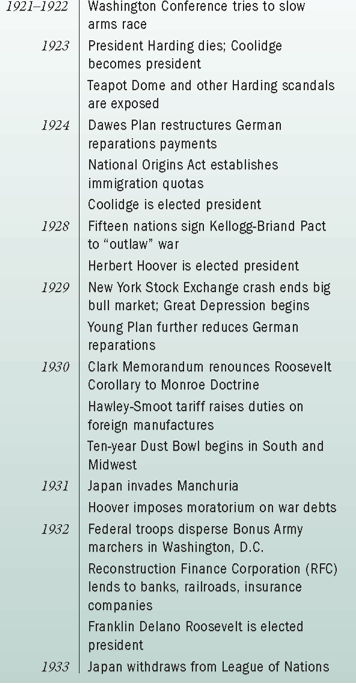
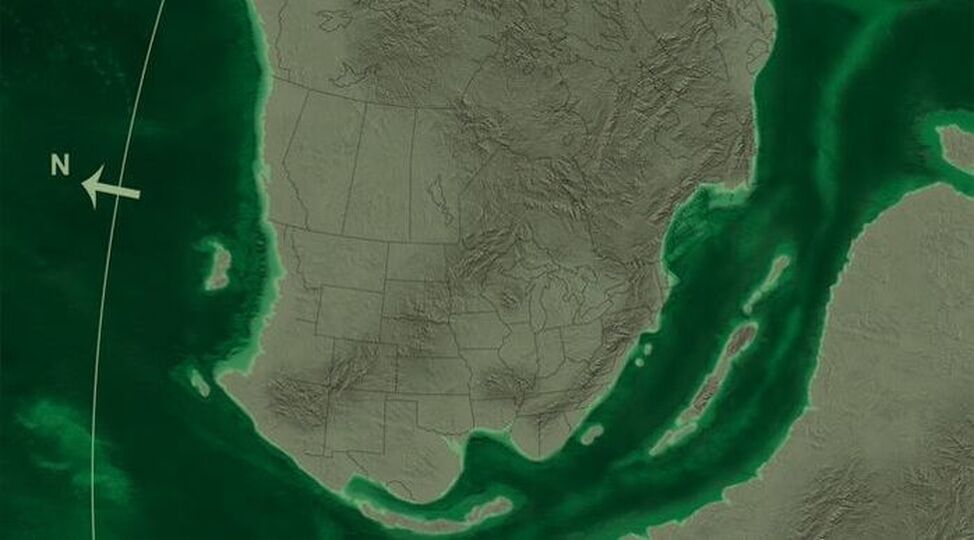
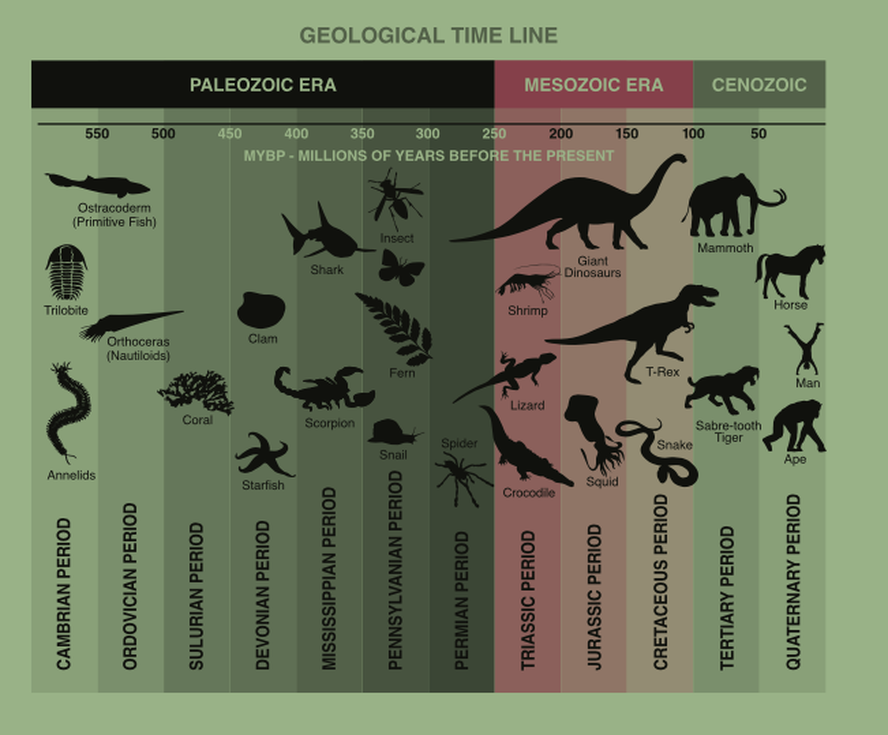

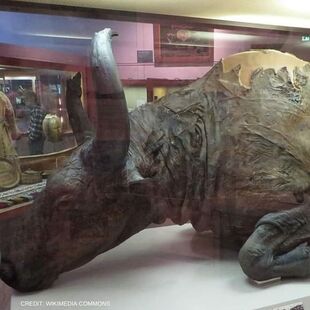
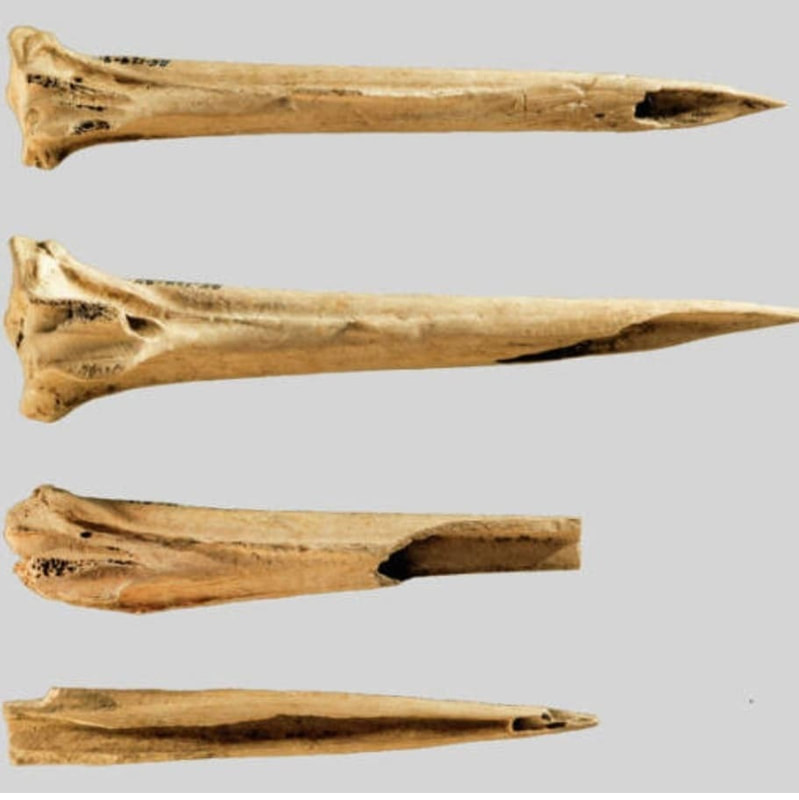
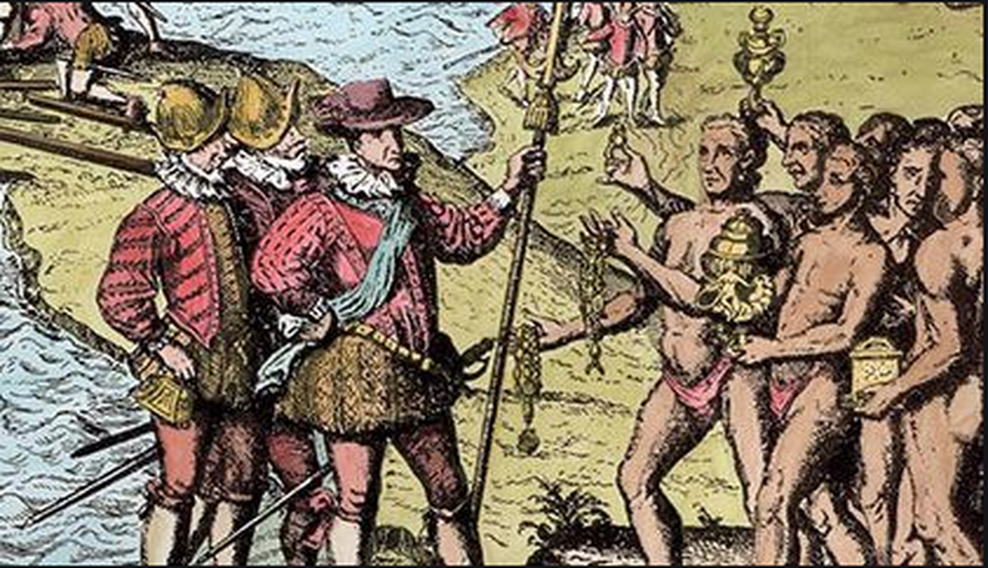
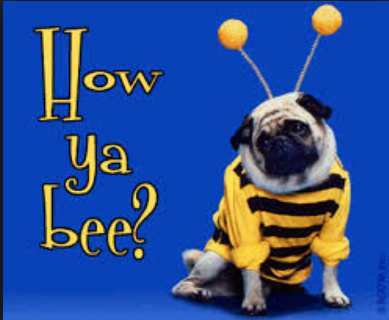
 RSS Feed
RSS Feed